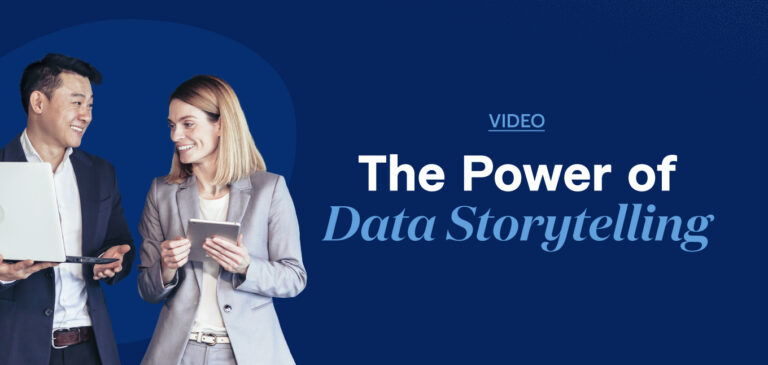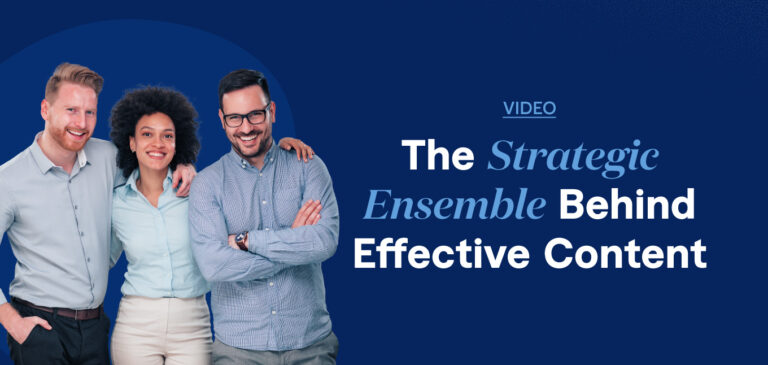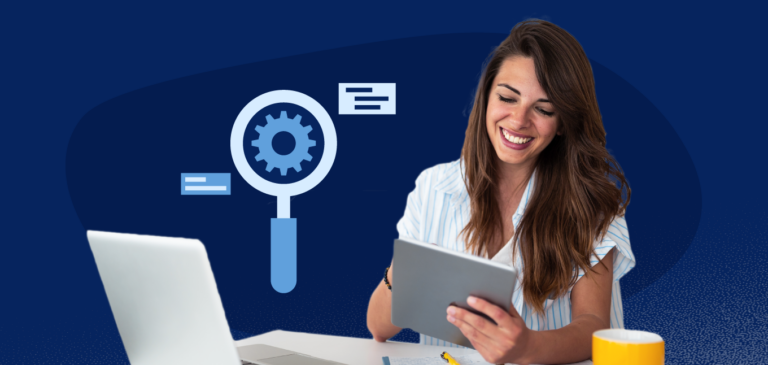No one likes getting abysmal results out of their personalized marketing campaigns.
If that sounds like you, it’s time to ramp up your approach with some advanced strategies. Getting to grips with detailed audience segmentation can transform your campaigns, boosting engagement, clicks, conversions, and, ultimately, sales.
Let’s take a deep dive into what advanced segmentation is all about, its types, how to implement them effectively, and best practices.
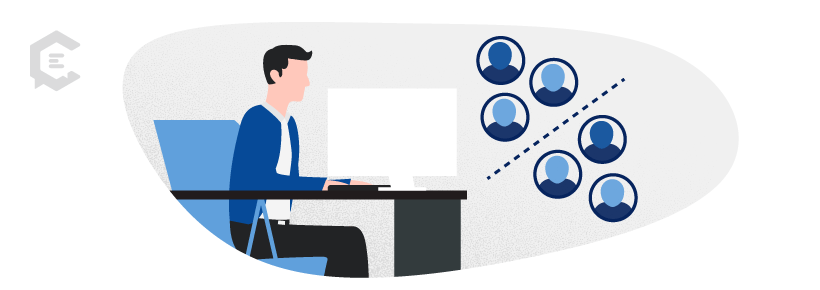
Understanding Advanced Segmentation
Advanced segmentation is about grouping your audiences into targeted and particular groups. It goes beyond basic segmentation’s broad categories, focusing instead on detailed criteria like behavior, demographics, engagement levels, purchase history, and individual preferences. This approach hones in on the unique interactions and characteristics of each segment, allowing for more personalized and effective marketing strategies.
Types of Advanced Segmentation Techniques
Advanced segmentation techniques include various methods to accurately sort and target audiences. Some of the common advanced segmentation techniques include the following:
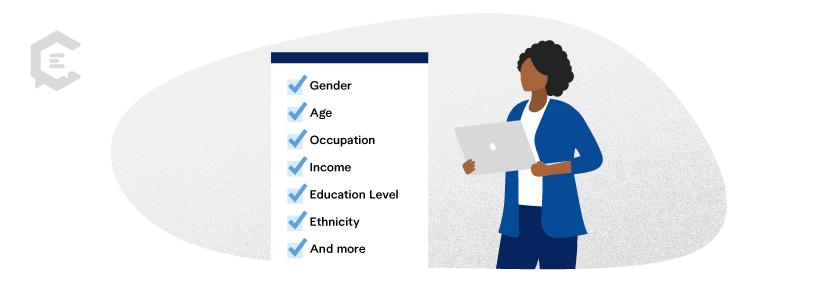
Demographic Segmentation
Demographic segmentation sorts your target audience by clear-cut attributes like gender, age, occupation, income, education level, ethnicity, and more. For example, if you own a clothing store, you can use this method to hone your ads toward trendy young adults.
By understanding the distinct preferences and needs of each demographic group, you can craft offers and messages that really hit the mark. Taking it a step further, advanced demographic segmentation pulls in extra data points or combines these demographic details with other segmentation types. This approach fine-tunes your marketing, offering more tailored and impactful experiences to specific groups.
Tools like Mailchimp make it easy to build complex segments for your email campaigns by using demographic data gleaned from website interactions and email activities. This helps you better target your marketing efforts and improve campaign outcomes.
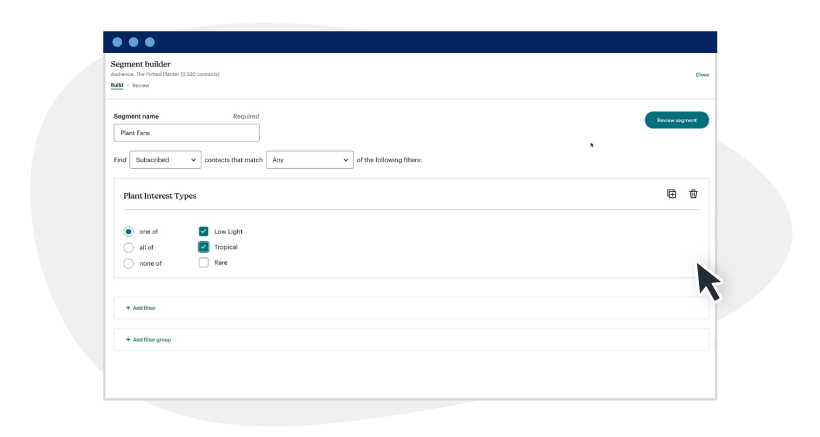
Image source: Mailchimp
Psychographic Segmentation
Psychographic segmentation digs into the deeper psychological traits and behaviors of your audience, like their values, characteristics, and lifestyle choices. It’s all about getting to know what drives your consumers — understanding their aspirations, motivations, and preferences — to craft marketing campaigns that really speak to them on a personal level.
By exploring these underlying psychological factors, marketers can develop content strategies that resonate more deeply with specific psychographic profiles.
For instance, if you’re in the fitness apparel business, you can use this approach to specifically target health-conscious individuals who value wellness and an active lifestyle. Understanding your target audience’s attitude toward nutrition, self-improvement, and fitness allows you to develop content and marketing strategies that appeal to their unique motivations and interests.
Personalization opportunities through psychographic segmentation include:
- Content personalization, such as re-targeting emails
- Personalized product recommendations
- Customized brand experiences
- Tailored messaging
While developing a personalized content approach can be time-consuming, you can always work with reliable service providers, starting with your content strategy session.
Behavioral Segmentation
Behavioral segmentation segments audiences based on past behaviors, actions, and interactions with a brand, product, or service. Unlike demographic or psychographic segmentation, which focuses on characteristics or traits, behavioral segmentation is based on how customers behave in relation to a service or product.
Behavioral segmentation includes the following factors:
- Usage behavior. You can segment customers based on how they consume or use your service or product, including their usage pattern and frequency, including their preferred features and benefits.
- Purchase behavior. You can categorize consumers or audiences based on their buying habits, such as their product preferences, frequency of purchases, and average transaction value.
- Brand interaction. Segment customers based on their interactions with your brand across multiple online or offline touchpoints. You can include audience interactions with your ads, social media posts, and branded content.
Identifying trends and patterns in customer behavior helps you develop strategies to target and address your audience segment’s needs and preferences to improve engagement, conversions, and consumer satisfaction.
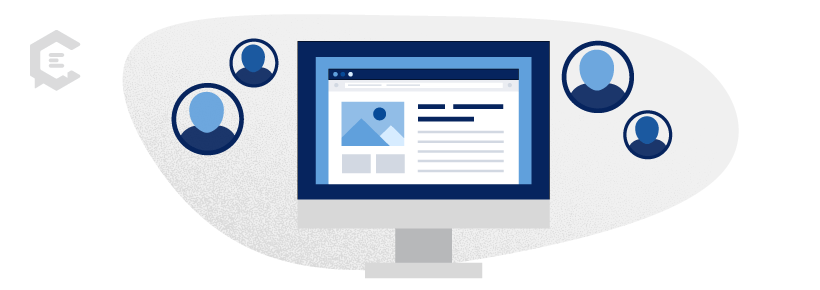
Technographic Segmentation
Segmenting audiences based on technology usage and preferences is called technographic segmentation.
The segmentation technique focuses on understanding the consumers’ technological capabilities, preferences, and adoption rates within your market. Understanding how consumers leverage technology in daily activities allows you to develop marketing strategies to address their specific challenges, needs, and opportunities.
Technographic segmentation helps you implement these personalized targeting strategies:
- Platform-specific messaging. Technographic segmentation helps you create messaging that resonates with the culture and language of the specific software apps or digital platforms each segment uses. For example, you can customize your marketing messages to align with the users’ expectations and experiences on platforms such as LinkedIn.
- Customized content delivery. You can tailor your content formats and delivery channels based on each technographic segment’s preferred devices and digital platforms. For example, if one segment mainly uses mobile devices, prioritize creating mobile-optimized content such as mobile apps and responsive emails.
- Tech-savvy demos. Create personalized tutorials and demonstrations that cater to each segment’s technological familiarity and proficiency levels. You can provide basic explanations for segments less familiar with the app while offering more advanced tutorials for tech-savvy audiences.
Customer Intelligence platforms such as Clearbit provide technographic data enrichment tools. Clearbit gives you insights into the technology stack consumers and companies use, including services, platforms, and apps.
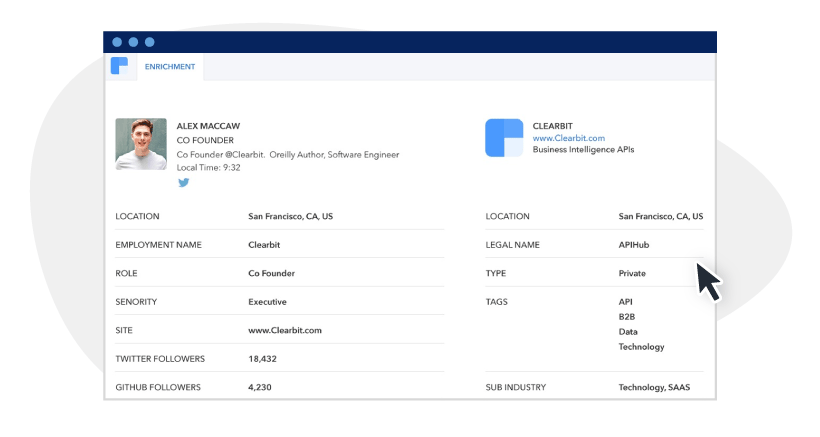
Image source: G2
Implementing Advanced Segmentation
Advanced segmentation implementation requires careful planning and execution to ensure you get accurate and reliable data to fuel your personalized marketing efforts.
Include the following when collecting and analyzing data for advanced audience and market segmentation:
- Identify your segmentation criteria. Define your segmentation criteria based on relevant factors, whether demographic, psychographic, technographic, or behavior-based. Ensure each segmentation criteria aligns with your target audience’s characteristics and business objectives.
- Data source consolidation. Consolidate and centralize data from various sources into one customer data platform or repository. Doing so gives you a centralized view of your customer data, allowing for more accurate segmentation and analysis.
- Data collection strategy. Deploy a comprehensive data collection approach to capture relevant information about your target audience. Leverage various data sources such as website analytics, Customer Relationship Management (CRM) systems, surveys, and social media insights.
- Leverage advanced analytics techniques. Use advanced analytics techniques, including predictive modeling and machine learning, to determine meaningful segments and patterns within your data. The techniques can uncover correlations and hidden insights that traditional analysis approaches can overlook.
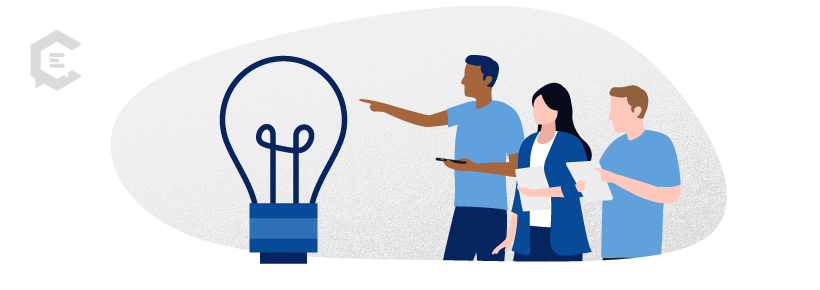
Best Practices and Tips
Consider the following strategies for optimizing advanced segmentation techniques.
- Implement dynamic segmentation techniques to get real-time updates on your audience segments based on changing preferences, interactions, and behaviors. Machine learning algorithms and automation can continuously adjust your segmentation criteria and analyze data accordingly.
- Use predictive analytics models to forecast future customer behaviors and, in turn, determine high-value segments that will likely generate significant returns. You can use predictive insights to anticipate your customers’ needs, personalize your messaging, and engage with consumers proactively at crucial touchpoints in their journey.
- Set behavioral triggers that automatically set off personalized offers and marketing messages based on specific events or customer actions. For instance, send a follow-up email with product or service recommendations after a customer abandons their shopping cart. You can also send personalized content based on the user’s most recent website visits.
- Establish a feedback loop for collecting customer insights and feedback on the effectiveness of your personalized marketing efforts. Use feedback to improve your segmentation strategies, optimize your messaging, and spot areas for improvement in your customers’ personalized experiences.
Amplify Your Personalized Marketing Efforts With Advanced Segmentation
Advanced segmentation is a cornerstone of your personalized marketing efforts’ success since it helps you engage with your target audiences on a deeper level.
Leveraging granular audience insights and advanced segmentation techniques can improve the effectiveness of your marketing campaigns. It helps you provide tailored experiences that resonate with individual behaviors and preferences. The more personalized the experience, the more likely prospects will convert, boosting your engagement, conversions, and sales.
Level up your marketing efforts by working with ClearVoice, the best content writing services and content solutions. Connect with a ClearVoice content strategist for professional and reliable content services.

